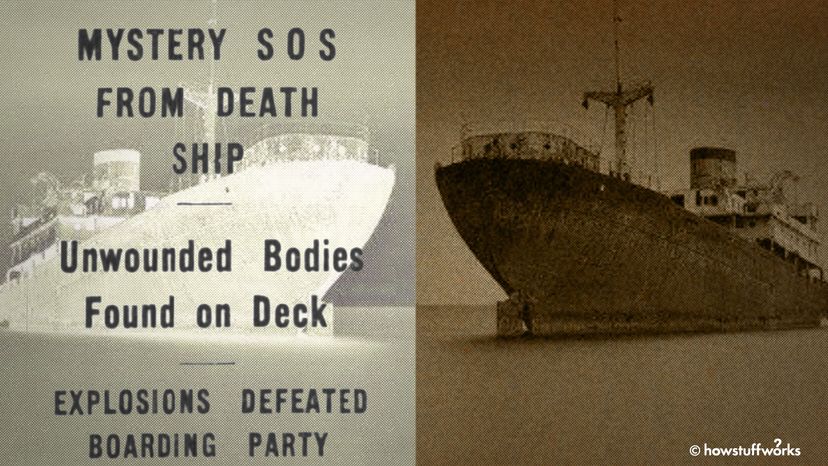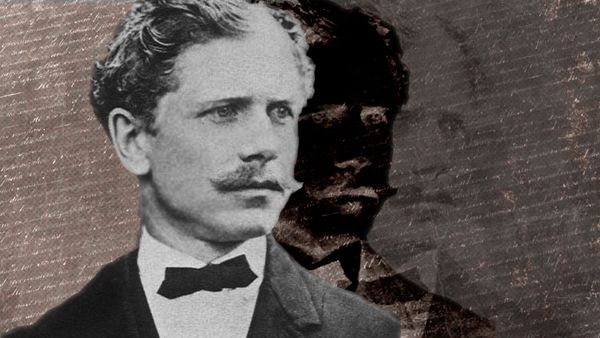
In the early to mid-20th century, there were quite a few ways to become famous. But one sure way was to die under terrifying and mysterious circumstances on a ship in the middle of the ocean. That's how the crew of the SS Ourang Medan (and their dog) become infamous, with wide-open eyes and mouths twisted in horror. No one knows what happened to this ghost ship because shortly after it was discovered by a rescue boat, it blew up. At least, that was the story.
In 2019, the release of the Namco Entertainment video game, "Man of Medan," reignited interest in the horrifying mystery of the Ourang Medan, but the stories of this ghost ship have been in circulation for 80 years.
Advertisement
"I remember first reading about the Ourang Medan story many years ago as a child. Still, it never seemed to be one of the bigger mysteries that always got covered," says history and true crime writer Michael East. People love sea mysteries, he says, and that explains why the events surrounding the loss of the Ourang Medan have been told and retold with different details in each retelling, every time ending in the horrifying death of her crew.

